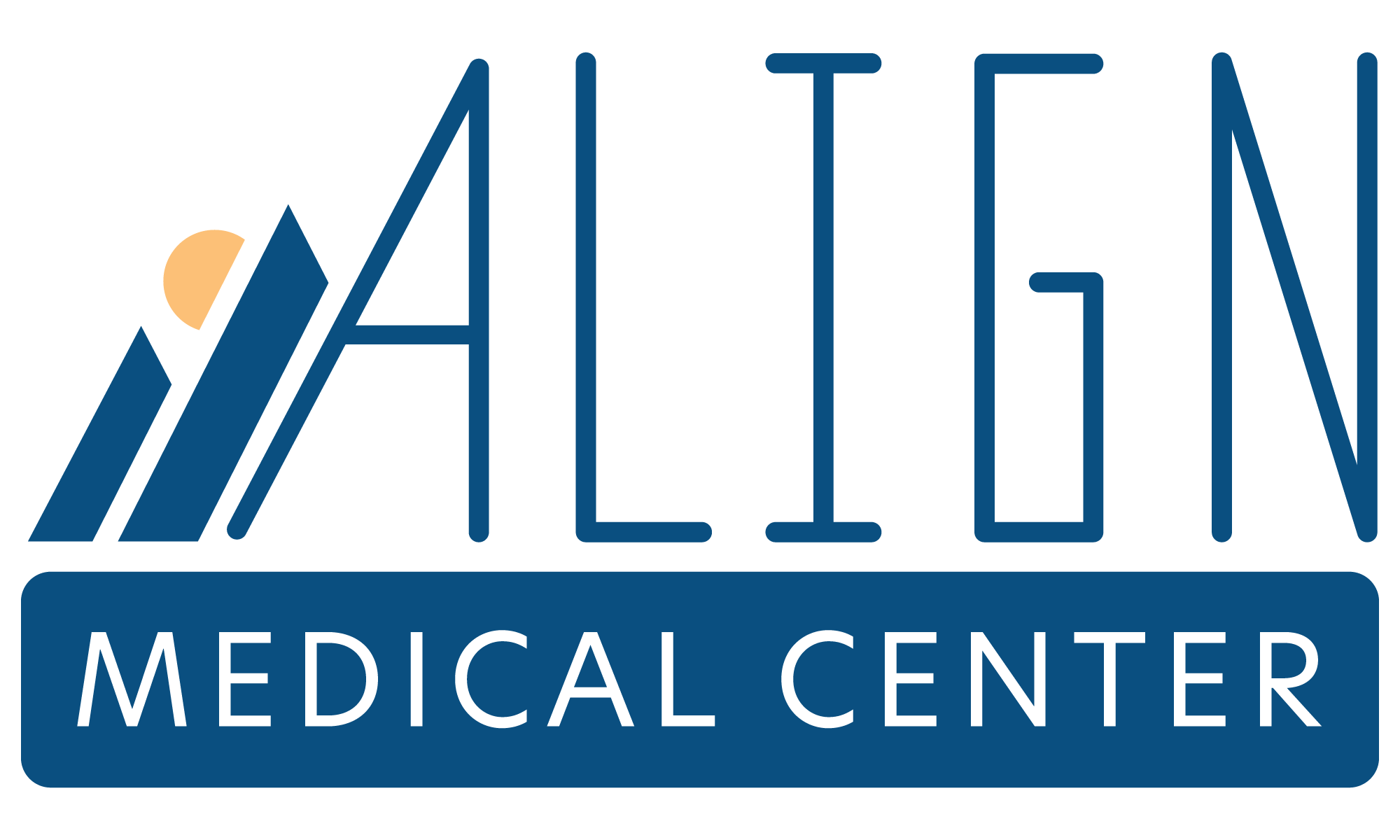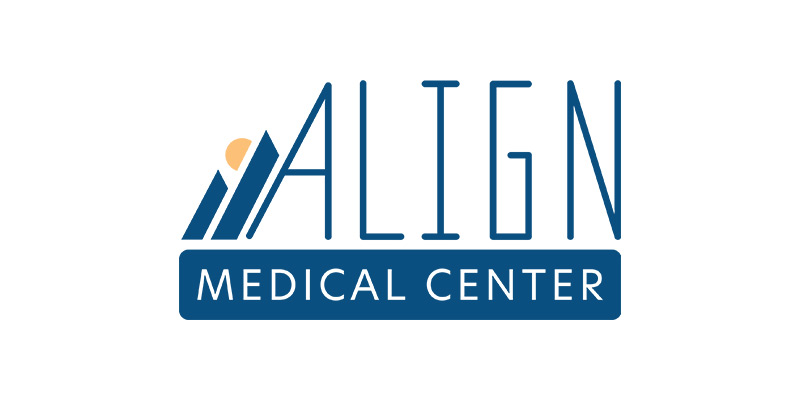I will never forget the first time I encountered a patient with anxiety. For the sake of personalization, let us call her Betty. I was still a student working under a nurse practitioner in Loveland, Colorado. We entered the room and it felt like we walked into a new version of this world. At first, Betty’s distress was not easily seen on her face. She was just there for a refill of her Ativan, a highly additive but powerful anti-anxiety med. But to me, her fear was palpable.
Why was she so worried? Why didn’t my mentor address it? I could not help myself. “Are you okay?” It came out like I was trying to cap a running hose. Betty looked shocked but immediately began to cry. She poured out worry after worry, some rational, some not. She knew her reaction to the events in her life was often overkill, yet the worry persisted. When she was done, we were nearly thirty minutes behind schedule and my mentor had left the room. But Betty and I had created a plan to help her move forward.
I frequently find myself coming back to this memory. Everything felt wrong about the situation. I wanted to become a nurse practitioner because I saw people suffering from a system that allowed physical pain to be treated with pills and steroid injections rather than teaching them to make changes that healed their bodies. I could not believe that I was seeing this with mental health too.
This preceptor and I had a less than loving relationship. I tended to keep her behind as I asked too many questions and listened too much. She had a schedule to maintain, and I was interfering. To be fair, the schedule meant more people had access to care. But at what cost?
Follow the money. My father-in-law obnoxiously uses the phrase constantly, but he is right. In the United States, there are over 985,000 active physicians, 325,000 nurse practitioners, and 114,000 physician assistants. That is 1.4 million medical providers for 328 million people. It works out to be about one provider for every 234 people. This might seem like a reasonable number but here is where it gets hairy. Only 295,000 of those providers work in primary care. One study found states that if primary care providers followed current healthcare recommendations, they would spend 21.7 hours per day inpatient care.
Why is this happening? Follow the money. The bottom three salaried specialties for physicians are primary care, pediatrics, and public health. Meanwhile, specialties like cardiology and orthopedics make the top four. If we have incentivized illness treatment over prevention, why would someone with an average of $200+ grand in student debt want to work anywhere else? This system is broken. It is failing our communities. It is failing our children. It is incentivizing illness.
Back to my patient at the beginning. She was being failed. She was being told to take medication rather than being listened to. Why? Because the current healthcare system tells us to hurry up. Proper care for this patient was a referral to psychiatry or a trained psychologist. The American Psychiatric Association recommends cognitive behavioral therapy as a primary intervention and medication in addition to therapy when needed. But somewhere along with the busyness of our lives, we have decided the medication instead of the recommended care was good enough.
So why am I telling you, the patient, about this? So that you can demand change. Most providers want to help. Most providers want to heal. They just need to be supported. We need you to demand this change. Find a provider who is willing to take longer with you. Someone who educates you about a healthy lifestyle and floods their office. It is not difficult to find us, we branch out and say, “this is enough”. We open our own offices away from massive healthcare groups and do our best to teach and heal. We are here, waiting for our opportunity to make the difference that drove us to this profession, you only need to look.
Stephanie Speetzen, FNP-BC, C, is the co-owner and a Family Nurse Practitioner at Align Medical Center. Align Medical Center is proud to be offering primary care, chiropractic, physical therapy and more at their new Wellington, Colorado location.



